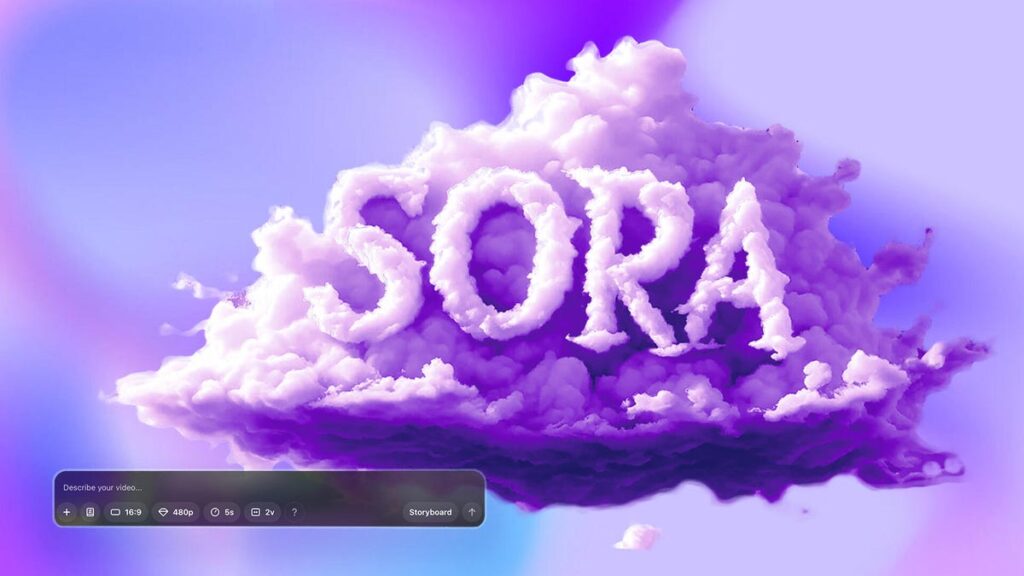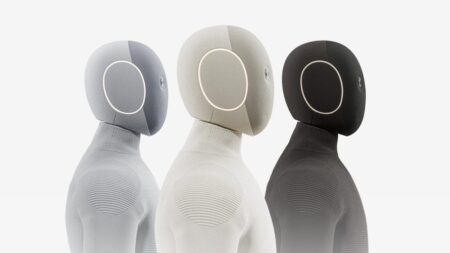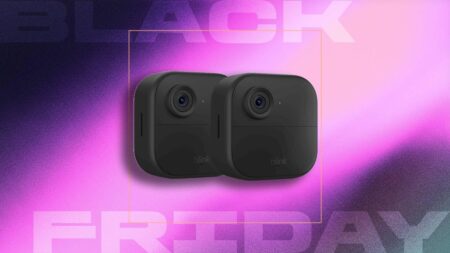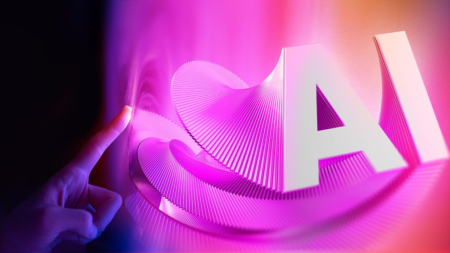All I could think about as I used Sora,┬ĀOpenAI’s new AI social media app, was how much I missed the days of Vine. The good ole days, as I’ve come to think about them, when dumb internet trends were funny and, at a baseline, created by real humans for other real humans to enjoy. As I scroll past Sora AI videos, I can’t help but lament that those days are long gone and may never return.┬Ā
Named after its AI video generator, OpenAI’s new app is custom-built to create and share AI-generated videos using its upgraded Sora 2 model. It’s a big departure for the AI company, and it presents an interesting question to AI users: Would you use a TikTok-like app that’s only populated with AI-generated videos?
I got my hands on a Sora invite code (the only way to access the app), and I am surprised to report it does feels like a social media app. Your main For You feed is an algorithmically curated, endless scroll of videos. You can like, comment on and share other people’s videos, along with creating your own. You can filter between your friends and following feeds and, in a unique twist, filter videos according to your mood. But behind the familiar user interface lurks much deeper AI strangeness.
Don’t miss any of our unbiased tech content and lab-based reviews. Add CNET as a preferred Google source.
Cameos, Sora’s most unique and popular feature, allow you to generate videos using someone’s likeness and place them into any kind of scene. Every Sora user can upload their cameo when they make an account and choose whether to let other people use their likeness in AI videos.┬Ā
OpenAI CEO Sam Altman is undeniably one of the most cameoed creators on Sora in the short time the app has been available. I can’t decide if it’s a smart marketing ploy or the stupidest management decision ever made to let the general public make AI deepfake videos of Altman. Within 5 minutes of scrolling through my For You feed, I saw videos that cameoed Altman into the following situations: Getting arrested for stealing GPUs to run Sora 2, confessing that he cries himself to sleep because it feels good and stuffing his nostrils full of tissues while begging for likes. I made a video of Altman claiming Gemini was better than ChatGPT.
Watch this: Sam Altman’s Deepfake Claims Gemini Is Better Than ChatGPT
Altman, presumably, has never done any of these things in real life. But the quality of the Sora 2 AI videos is so realistic that you wouldn’t know otherwise.
Sora 2 excels at dialogue. That’s a new addition to the model, and something we’ve seen AI enthusiasts appreciate, making it more useful for creators. Unlike with Google’s Veo 3, you can get decent results without pasting an entire script in your prompt. You can say something like, “Altman sings a ballad about inference costs,” and the AI will write the lyrics for you.
The upgraded model is also better at handling complex prompts, thanks to improved reasoning abilities. The videos take longer to generate, 2 to 5 minutes, likely because the higher-quality outputs take more time to process. While my attempts to get Sora to create videos featuring well-known celebrities like Taylor Swift were blocked by the moderation filter, others were able to get around them, like this video that features Altman in a field with Pikachu saying, “I hope Nintendo doesn’t sue us.” (Disclosure: Ziff Davis, CNET’s parent company, in April filed a lawsuit against OpenAI, alleging it infringed Ziff Davis copyrights in training and operating its AI systems.)
At a casual glance or errant scroll, Sora videos are mostly indistinguishable from regular, human-generated content creator videos. There are little tells here and there — an odd jump cut, a cut-off phrase or too-perfect-looking, poreless skin. On the whole, though, the audio is clear, the text is error-free, and the videos are decent and deceptively human-like. It’s scarily realistic.┬Ā
Watch this: Sam Altman Celebrates Sora 2
It’s not quite the AI slop feast I assumed it would be. AI slop typically refers to low-quality AI-created content. You’ve undoubtedly come across it online. The Sora 2 model creates higher quality, more realistic videos than the AI slop I’m used to seeing, but the core of AI slop — a perpetual uselessness and je ne sais quoi AI vibe — was present throughout my experience using Sora.
I’m a fairly conscientious media user, but I found myself quickly falling down the Sora fever dream rabbit hole. I would scroll through the feed on my breaks in between meetings and get caught in a familiar brainrot headspace: totally checked out of critical thought and mildly entertained and disgusted. It was not dissimilar to how I feel when I scroll TikTok, though there were fewer videos algorithmically attuned to my interests.
I even found myself frustrated that Sora didn’t have better video editing tools when I was creating cameos. I wanted to trim videos, add closed captions and write custom post captions, none of which you can do in Sora. If you want to edit a video, you have to regenerate, which is a long and frustrating process. It was during my third attempt to create a cameo of Altman debating whether a hot dog was a sandwich that I had to mentally slap myself out of it.
Watch this: AI-Version of Sam Altman Debates Whether a Hot Dog Is a Sandwich
This is the trap with Sora, and more generally with AI in social media: You get sucked in and receive no reward. What you almost certainly do is contribute to higher energy use and fill the internet with more useless content that could easily be misconstrued as a real-life event or statement. Sora’s cameo ability to “deepfake” anyone who allows their likeness to be used is on a whole new level — you can’t use Meta AI or Adobe Firefly to make a video of their CEOs saying nearly anything, for example.
You do have the option when you join to not let people have access to your likeness. This is what I did. But that’s clearly not the point of Sora — you’re supposed to want to create videos of yourself and others in weird, slop-tastic ways. OpenAI says the point of the Sora app is to bolster human connection. I can’t say I felt closer to my fellow man after my initial intrigue wore off.┬Ā
Sora videos contain a visible watermark when you download them, along with metadata tags that disclaim their AI origins. But in a fragmented world of declining trust, Sora’s AI deepfakes are too easy to make and too easy to abuse.
The Sora app highlights how controversial AI media generation tools like image and video generators are among creators. But even among those fears, many AI programs are ultimately able to deliver on their promises to create bespoke content or speed up the creative workflow. There’s a purpose and potential benefit to using them, in other words. I can’t say whether that potential outcome of using Sora is worth the cost of flooding the internet with everything from harmless slop to potentially malicious deepfakes.┬Ā
Instead, Sora feels like a kind of AI-induced fever dream, propelled by our worst doomscrolling instincts. It’s exactly what an AI social media app in 2025 would be.
Read the full article here














